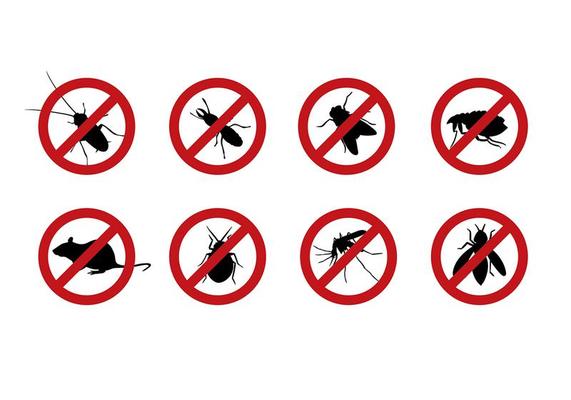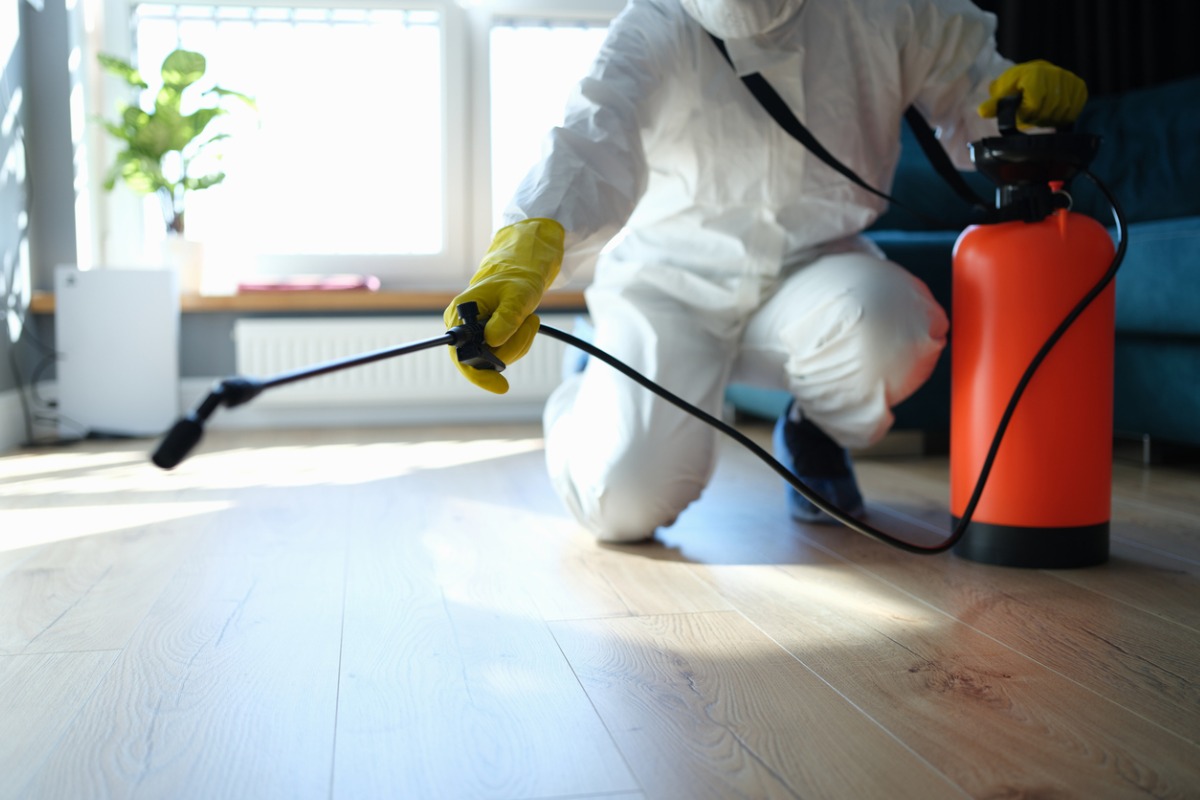Checking Out Infestation and Therapy Techniques in the Globe of Bug Control
The landscape of insect control incorporates a myriad of difficulties, particularly as invasions of common family pests remain to develop. Recognizing the behaviors and reproductive patterns of these hassles is important for developing efficient therapy techniques. By incorporating preventive actions with advanced administration techniques, such as Integrated Parasite Management (IPM), home owners can better secure their settings. However, the efficiency of these approaches may vary dramatically based on certain conditions. What underlying elements add to the success or failing of these strategies in different settings?

Typical Family Vermin
When it involves handling our living spaces, understanding common household pests is essential. These insects not only disrupt our comfort but can also pose health risks and damage residential or commercial property. The most prevalent household parasites consist of ants, roaches, rodents, termites, and bed insects.
Ants, typically seen foraging in kitchen areas, can contaminate food and establish huge swarms. Cockroaches, known for their durability, can activate allergic reactions and spread virus. Rats, including mice and rats, can trigger structural damages and carry conditions like hantavirus and salmonella. Termites, often described as "quiet destroyers," can compromise the integrity of wood structures, leading to pricey repair services. Bed insects, although not disease service providers, can create considerable discomfort via their bites and lead to emotional distress.
Identifying the indications of these pests, such as droppings, nests, or attack marks, is important for very early intervention (Pest Control Lockhart). Correct sanitation techniques, sealing access points, and keeping a clutter-free environment work preventative steps. By recognizing these common house pests and recognizing their behaviors, home owners can take proactive actions to mitigate invasions, making certain a healthier living setting
Understanding Bug Infestations
Parasite infestations can intensify quickly, turning a small aggravation into a considerable trouble if not dealt with quickly. Recognizing the nature of these problems is essential for efficient monitoring. Pests can get into property and business spaces for various reasons, including the look for food, sanctuary, or reproducing premises. Common factors contributing to invasions include inadequate sanitation, structural vulnerabilities, and seasonal modifications that drive insects inside your home.
Identifying the type of pest is essential, as different varieties show diverse habits and reproductive rates. As an example, rodents might develop nests in concealed areas while insects like cockroaches grow in wet settings. Early detection often depends upon identifying indications such as droppings, nibble marks, or unusual audios, which can suggest an issue before it comes to be serious.
Cozy, moist climates can assist in the quick growth of bug populaces, while changes in landscape design or building and construction can inadvertently produce helpful environments. An educated strategy to understanding these dynamics lays the foundation for reliable pest management methods in the future.
Therapy Methods and Techniques
Efficient therapy approaches and strategies are important for alleviating bug problems and restoring a safe atmosphere. A diverse technique is usually best, incorporating chemical, biological, and mechanical strategies tailored to the particular insect and the seriousness of the infestation.
Chemical treatments include making use of insecticides and herbicides, which can efficiently eliminate insects. Nevertheless, appropriate application and adherence to security guidelines are important to reduce dangers to people and non-target organisms. Integrated Bug Administration (IPM) motivates the cautious use chemicals as a last resource, counting rather on tracking and threshold levels to establish treatment requirements.
Biological control methods include introducing all-natural predators or bloodsuckers to minimize pest populaces. This method is significantly prominent, particularly in farming settings, as it promotes ecological sustainability.
Mechanical methods, such as catches and obstacles, supply instant relief from pests without introducing chemicals. Choices consist of sticky catches for bugs or physical barriers for rats.
Eventually, the selection of treatment approach ought to take into consideration the particular parasite, the environment, and possible impacts on human health and wellness and ecosystems. A well balanced mix of these techniques can properly manage invasions while advertising long-term insect control remedies.
Safety Nets for Residence
Proactively addressing bug concerns before they escalate is crucial for keeping a healthy home environment (Pest Control Lockhart). Carrying out reliable safety nets can substantially lower the likelihood of invasions, eventually securing both your property and well-being

Correct landscape design additionally plays a crucial role in avoidance. Maintaining bushes and trees trimmed away from your home decreases the chances of pests finding their means inside. Additionally, ensure that drainage systems are operating successfully to avoid standing water, which can pull in mosquitoes and various other pests.
Last but not least, routine inspections are suggested. Consistently looking for signs of pest task permits very early intervention. By adopting these preventative procedures, homeowners can develop an atmosphere that is much less welcoming to insects, thus boosting their general top quality of life browse around here and reducing the need for considerable bug control treatments.
Industrial Parasite Control Approaches
A thorough method to business parasite control is essential for companies aiming to maintain a risk-free and sanitary setting. Efficient strategies include a combination of normal assessments, employee training, and the execution of Integrated Parasite Administration (IPM) practices.
Regular evaluations enable very early detection of pest task, permitting timely treatment. Businesses need to develop a regular timetable for these analyses, concentrating on high-risk locations such as cooking areas, storage space rooms, and garbage disposal home sites. Staff member training is equally vital; staff should be informed on the indicators of insect invasions and the value of reporting them immediately.
Executing IPM methods aids mitigate parasite concerns sustainably. This consists of environment modification, such as sealing entrance points and decreasing mess, in addition to using all-natural deterrents prior to resorting to chemical therapies.

In addition, working together with a certified pest control service provider guarantees access to expert knowledge and advanced therapy options. This collaboration can result in customized insect control intends customized to the specific needs of business, lessening threats and enhancing overall effectiveness. Eventually, an aggressive and informed approach cultivates a pest-free setting, protecting both public wellness and service reputation.
Conclusion
In conclusion, efficient parasite control necessitates a detailed understanding of usual home bugs and their actions, combined with targeted treatment methods. Carrying out precautionary steps along with therapy strategies such as Integrated Parasite Administration and organic control improves the ability to reduce invasions.